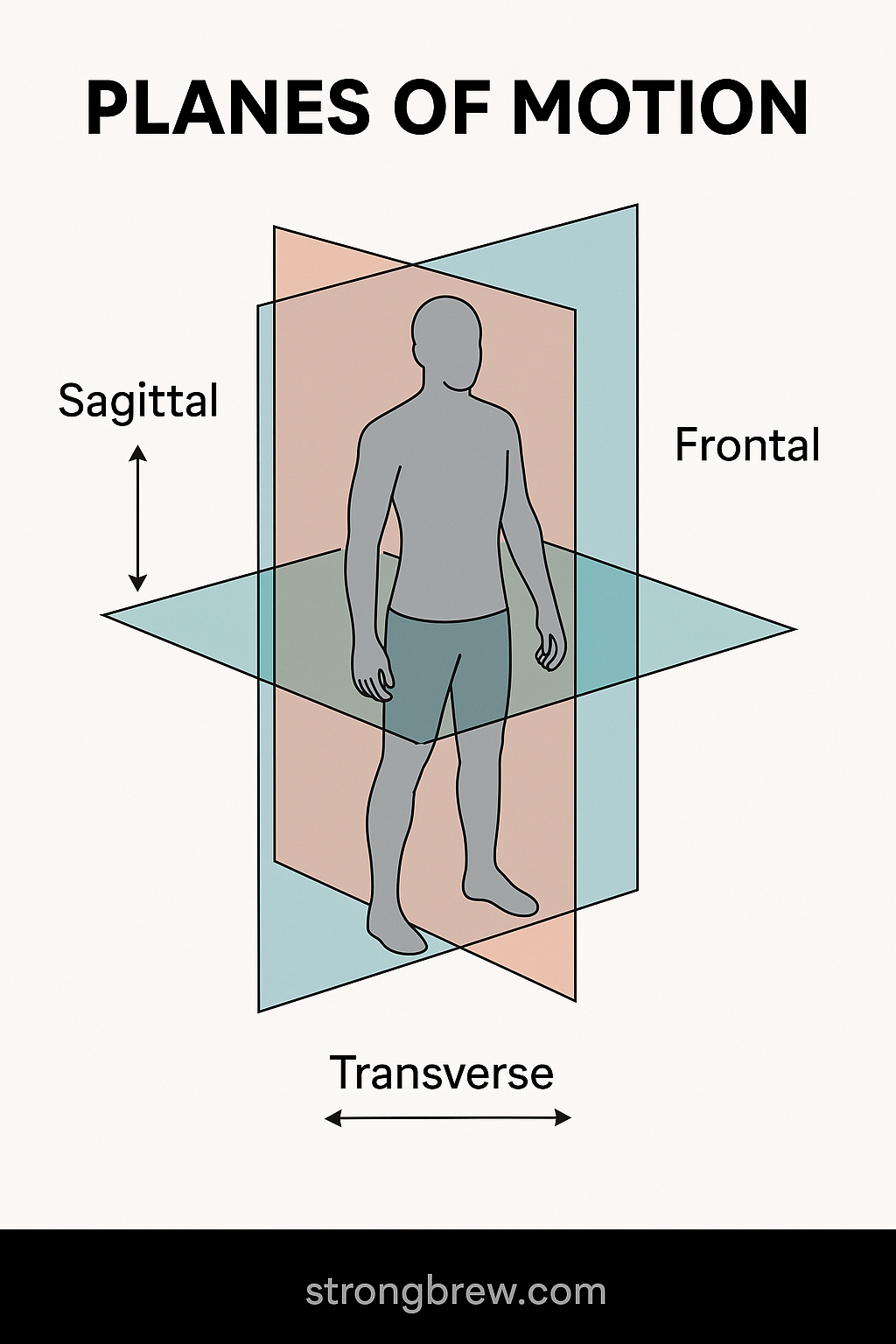
That’s What She S.A.I.D.: Why Michael Scott Might Be the Fitness Philosopher We Didn’t Know We Needed
Sometimes inspiration comes from the most unlikely places.
In this laugh-out-loud episode of Strong Brew, Cory dives into the S.A.I.D. principle (Specific Adaptation to Imposed Demands) through the comedic genius of The Office's very own Michael Scott. While the phrase "That's what she said" might usually result in an eye-roll or chuckle, this time it's your entry point into a deeper conversation on how smart, intentional training drives real progress—and no, it has nothing to do with crunches.
Watch the Full Episode:
What Is the S.A.I.D. Principle?
The S.A.I.D. principle stands for Specific Adaptation to Imposed Demands, and it’s one of the cornerstones of effective strength training. Translation? Your body adapts specifically to the stimulus you place on it. If you want to get better at squatting, you need to squat. Want to move better in real life? You’d better train in ways that mimic real-life movement.
But here’s where it gets interesting: many people still fall into the trap of defaulting to traditional, linear movements or isolating muscles. That’s not how life works. And it’s definitely not how we train at Fitness Lying Down.
Beyond Crunches: Real Core Training in Action
We get it—crunches feel like core training. But true core stability comes from resisting movement, not creating it. That’s where planes of motion, body position, and holding position come in.
1. Planes of Motion
- Sagittal Plane: Think forward and backward (e.g., walking, lunging)
- Frontal Plane: Side-to-side motion (e.g., lateral lunges, suitcase carries)
- Transverse Plane: Rotational movements (e.g., chops, swings)
At FLD, we intentionally program exercises across all three planes of motion, because real life doesn’t just happen in a straight line. Training in this way challenges your core in ways crunches never could.

2. Body Position
Standing, half kneeling, tall kneeling, quadruped, supine... Changing your base of support changes the game for stability, core activation, and muscle engagement.
Take the half kneeling overhead press, for example. You're forced to stabilize from the ground up, integrating the hips, core, and shoulders into one seamless effort.
3. Holding Position
Front-loaded? Offset? Overhead? Each variation dramatically changes the way your body has to respond. Using tools like kettlebells and Ultimate Sandbags, we amplify these holding positions to create smarter, more effective challenges that teach your core to resist unwanted motion.
Core Strength, Without the Crunch
The next time someone brags about doing 100 crunches a day, you can smile and sip your coffee, knowing you're training smarter. The real magic happens when you understand how to apply the S.A.I.D. principle through movement, not muscle isolation.
Training across multiple planes of motion, using unstable holding positions, and changing body orientation leads to strength that carries over into life—whether you’re picking up groceries, chasing your kid, or yes, trying to avoid being fired by Toby.
So, What Would Michael Scott Say?
"Sometimes I'll start a workout and I don't even know where it's going. I just hope I find it along the way."
Fortunately for you, this episode will lead you somewhere worth going. Check it out now, and start applying the science of smart training in ways that would make even Dwight say: "False. That’s actually very true."
👇 Watch. Laugh. Learn. And if you liked this episode, share with one of your friends that enjoys The Office as much as you!
